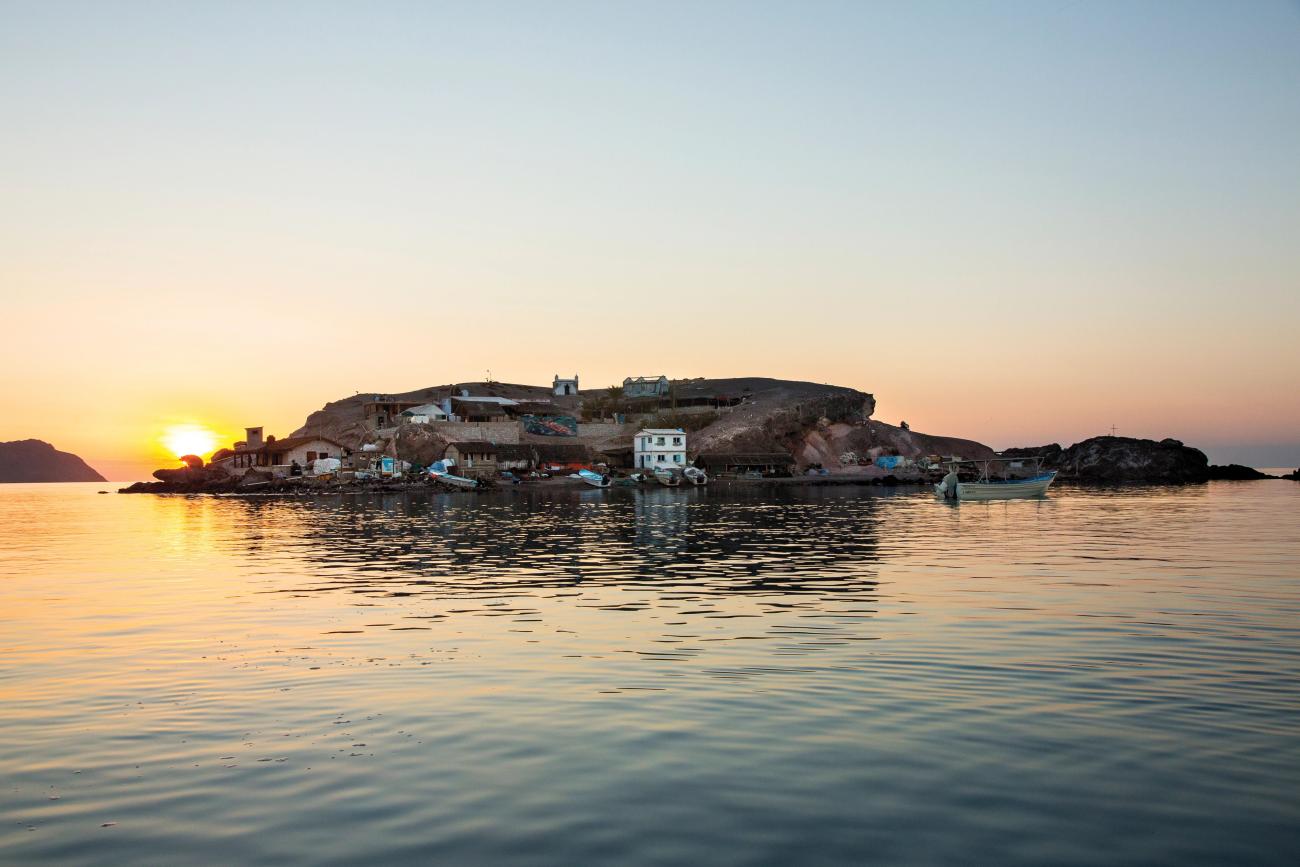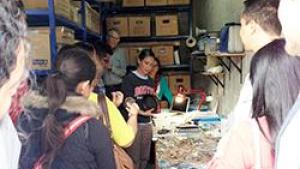
Tlajinga Project
The Proyecto Arqueológico Tlajinga Teotihuacan (PATT) studies Teotihuacan's southern district, Tlajinga, in order to explore how regular people lived in Teotihuacan and how the lower classes may or may not have benefitted from living in the city.
Project Details
What was life like for regular people at Teotihuacan?
Teotihuacan is rightfully famed for its towering pyramids and highly planned monumental core. But how did regular people live and make a living in the city? What were some of the attractions and detractions of migrating to, and residing at the city for occupants of lower socioeconomic status? As is the case in urban studies among other disciplines, these are some of the issues that archaeologists address in researching Teotihuacan.
The Proyecto Arqueológico Tlajinga Teotihuacan (PATT) focuses on such topics from the vantage of a district named Tlajinga, located in the southern periphery of the city. The project has been based out of the lab for the last four years and is directed by David Carballo (Boston University), Luis Barba (Universidad Nacional Autónoma de México) and Kenneth Hirth (Penn State).Students from these institutions and others are involved in the research, and four graduate students are working towards their doctoral degrees using project materials, including ceramics, stone tools and animal bones. Their work will examine facets of daily life in the city, such as food production and consumption, craft working, socioeconomic status and household ritual.
Students from these institutions and others are involved in the research, and four graduate students are working towards their doctoral degrees using project materials, including ceramics, stone tools and animal bones. Their work will examine facets of daily life in the city, such as food production and consumption, craft working, socioeconomic status and household ritual.
To date, fieldwork of the PATT has included four seasons of geophysical prospection, two seasons of excavation and ongoing lab analyses.
Geophysical prospection techniques such as magnetometry, ground-penetrating radar and soil resistivity are valuable in their own right, as a means of understanding the size and spacing of residential compounds within neighborhoods, and as a nondestructive method to evaluate archaeological deposits prior to excavations.
One thing we have learned from the prospection work is that the large apartment compounds that Teotihuacanos lived in have more irregular forms than appear on the existing site map, at least in this part of the city.
Excavations have thus far focused on two apartment compounds, designated 17:S3E1 and 18:S3E1 in the Teotihuacan Map.
Compound 17 provides abundant evidence of domestic craft production, here involving the manufacture of fine obsidian blades – the major utilitarian cutting tool of the city’s economy. It is an example of the sort of utilitarian production, seen elsewhere in the periphery of the city, that gave commoners an economic niche and the means by which to access other commodities, including low quantities of goods considered luxuries within the city’s economy, some of which came as imports from great distances.
This broad access to goods – including finely painted pottery, marine shells from both the Gulf and Pacific coasts and a sculpted stone mask – is one of the most significant finds from our excavations and lab analyses thus far. It suggests to us that participation in the most robust economic system in Mesoamerica was a major draw for migrants to Teotihuacan and one of the attractions for living in tightly-packed compounds on its urban fringe.
Project Webpage:
More information on the project, including a rolling news feed, can be found here: http://sites.bu.edu/patt/
Research Team
- David Carballo, Boston University
- Luis Barba, Universidad Nacional Autónoma de México
- Kenneth Hirth, Pennsylvania State University
